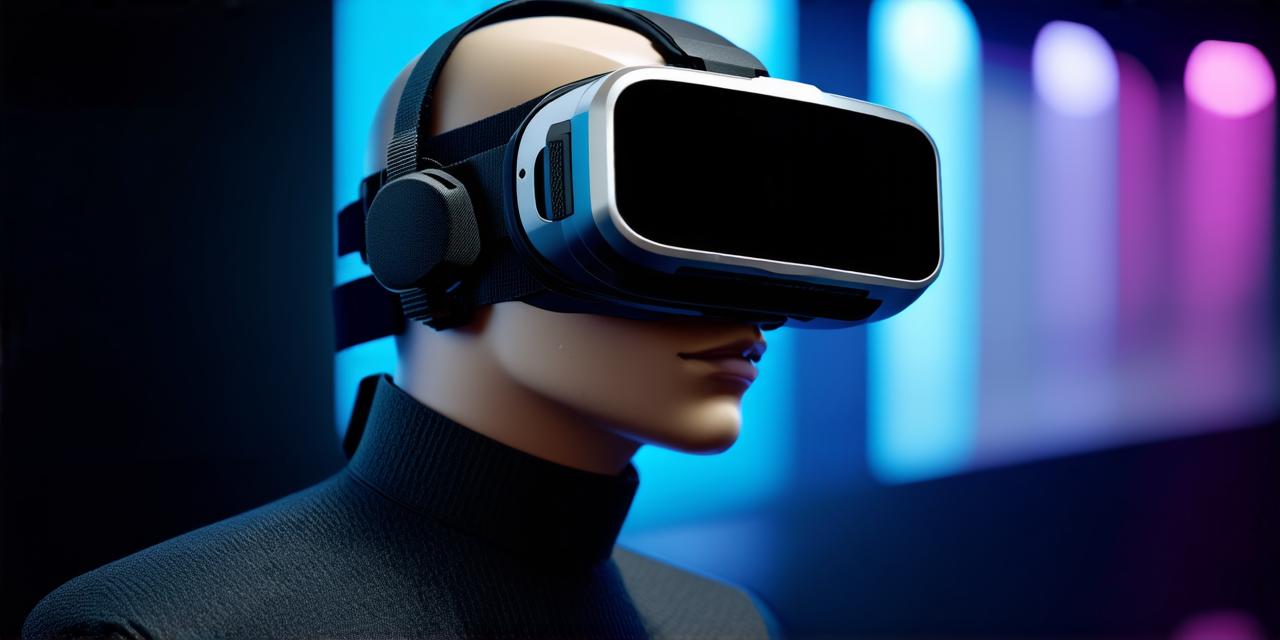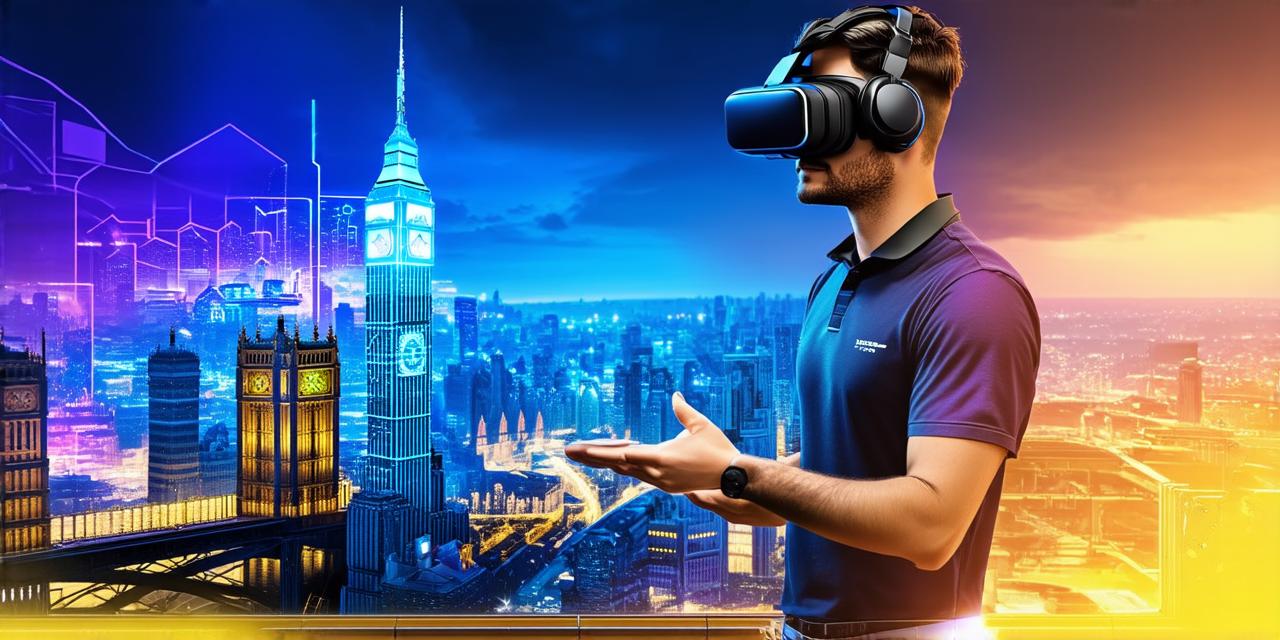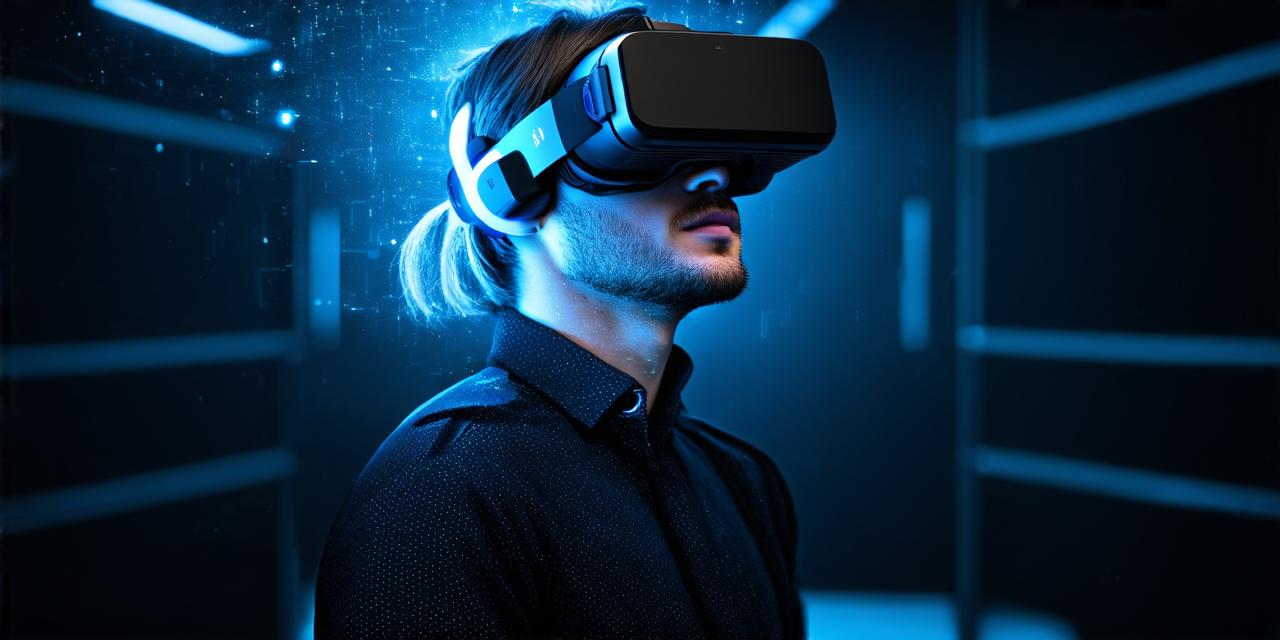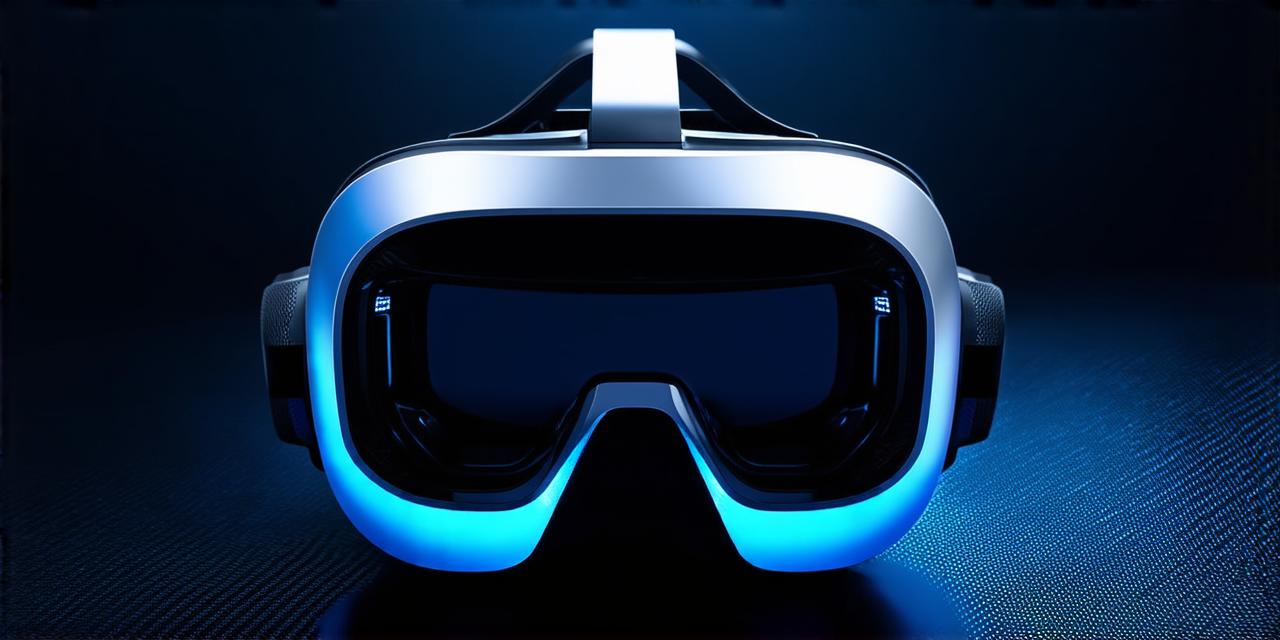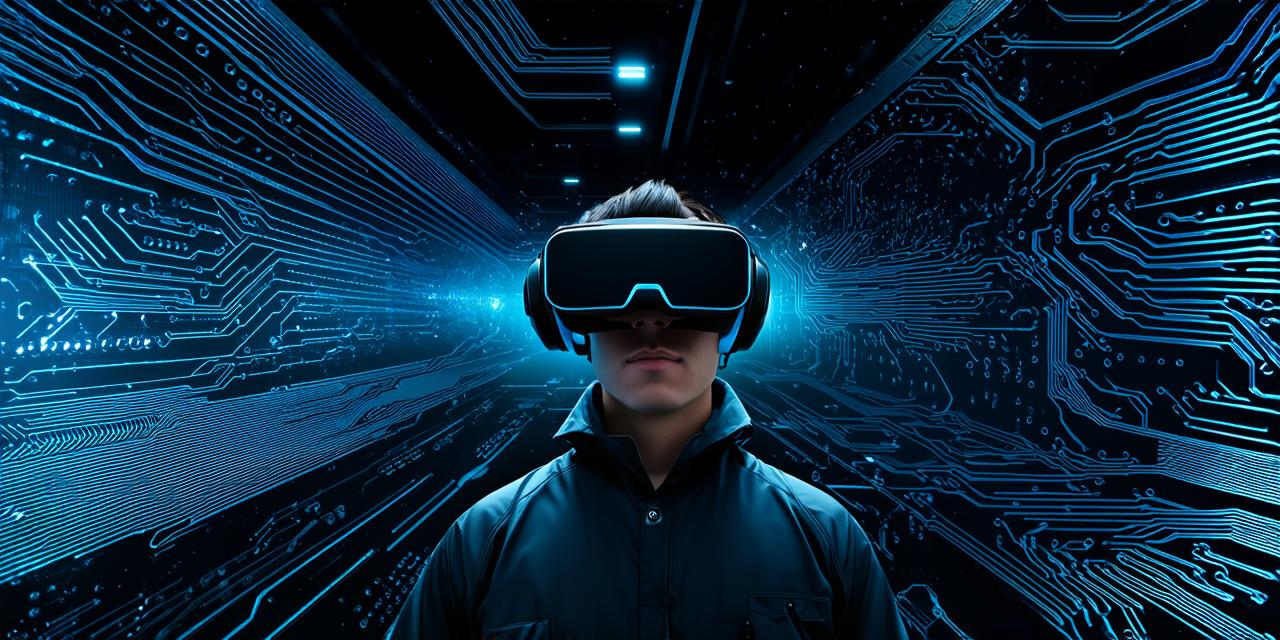Virtual reality (VR) technology is becoming increasingly popular in recent years, and it’s no surprise why. With the ability to transport users into immersive, interactive environments, VR goggles have revolutionized the way we experience digital content.
Virtual reality goggles work by presenting two separate images, one for each eye, through specialized screens. These screens are positioned at slightly different angles and distances to mimic the way our eyes naturally perceive depth in the real world. By combining these images with other sensory inputs such as head movement tracking and haptic feedback, VR goggles create an immersive experience that feels like being physically present in a different environment.
One of the key components of VR goggles is the display screen. These screens use advanced technology to display high-resolution images that are synchronized with the user’s head movement. This allows for a seamless and natural transition between real-world surroundings and virtual environments, creating an experience that is both engaging and realistic.
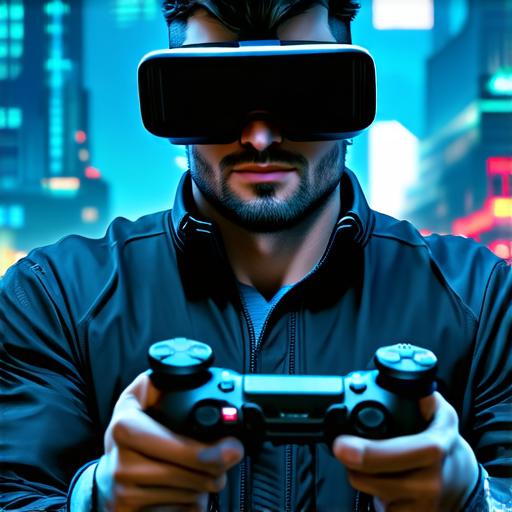
In addition to the display screen, VR goggles also incorporate sensors and tracking technology to monitor the user’s head movements. This data is then used to adjust the images displayed on the screens in real-time, creating a sense of movement and immersion that is crucial for a successful VR experience.
Another important aspect of VR goggles is the haptic feedback system. This technology provides users with tactile sensations that correspond to their virtual environment, allowing them to feel objects and interact with the world around them in a more realistic way.
One of the most popular VR goggles on the market today is the Oculus Quest 2. This device uses advanced technology to deliver an impressive field of view (FOV) of 100 degrees, which provides users with a wide and immersive view of their virtual environment. In addition, the Quest 2 includes a six-degree-of-freedom (6DOF) tracking system that allows for more precise movement tracking, further enhancing the immersion of the experience.
Of course, as with any technology, there are some limitations to what VR goggles can do. For example, they may not be suitable for users with certain medical conditions or visual impairments. Additionally, some users may experience motion sickness or discomfort when using VR goggles for extended periods of time.
Despite these limitations, the potential benefits of virtual reality technology are enormous. From gaming and entertainment to education and training, VR has the power to transform the way we interact with digital content and change the way we learn and work.
In conclusion, understanding how virtual reality goggles function is essential for AR developers looking to create engaging and immersive experiences. By using advanced display screens, sensors, and haptic feedback systems, VR goggles provide users with a unique and unforgettable experience that has the power to change the way we perceive and interact with the world around us.
